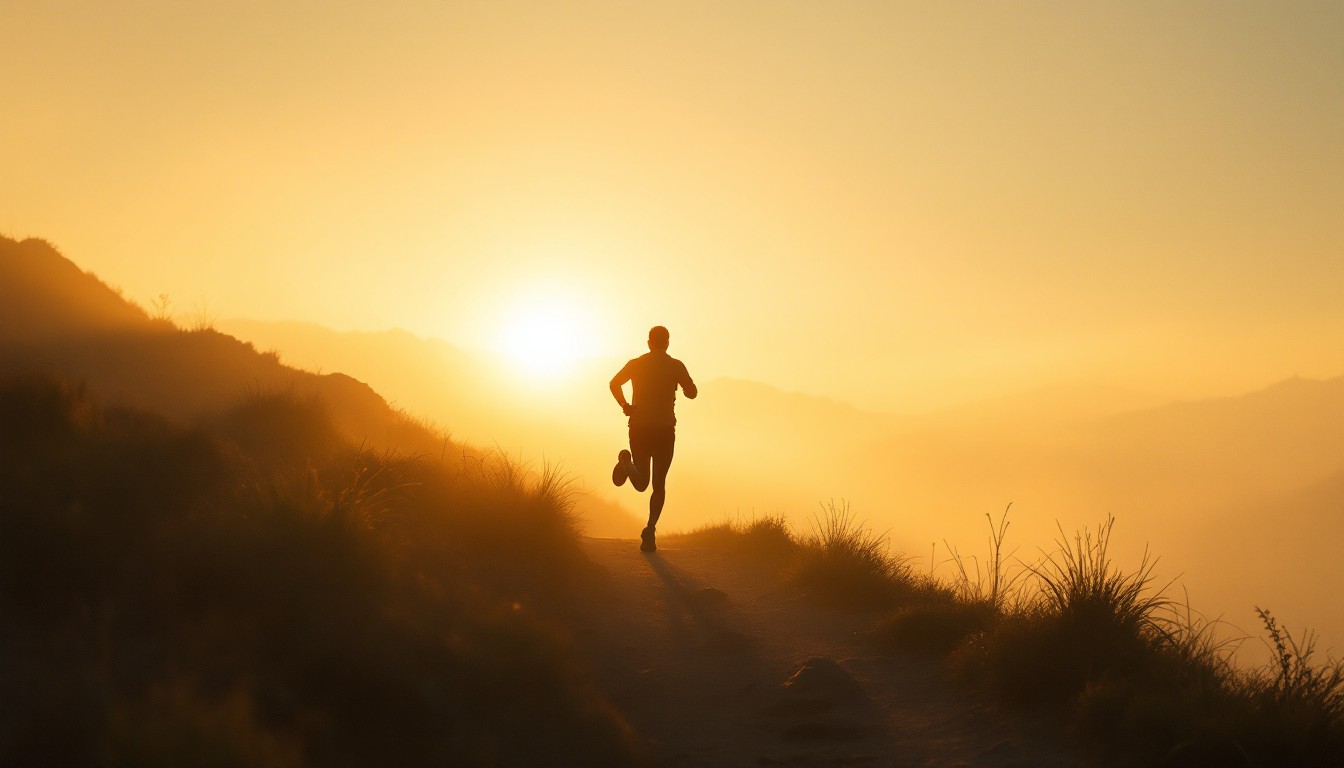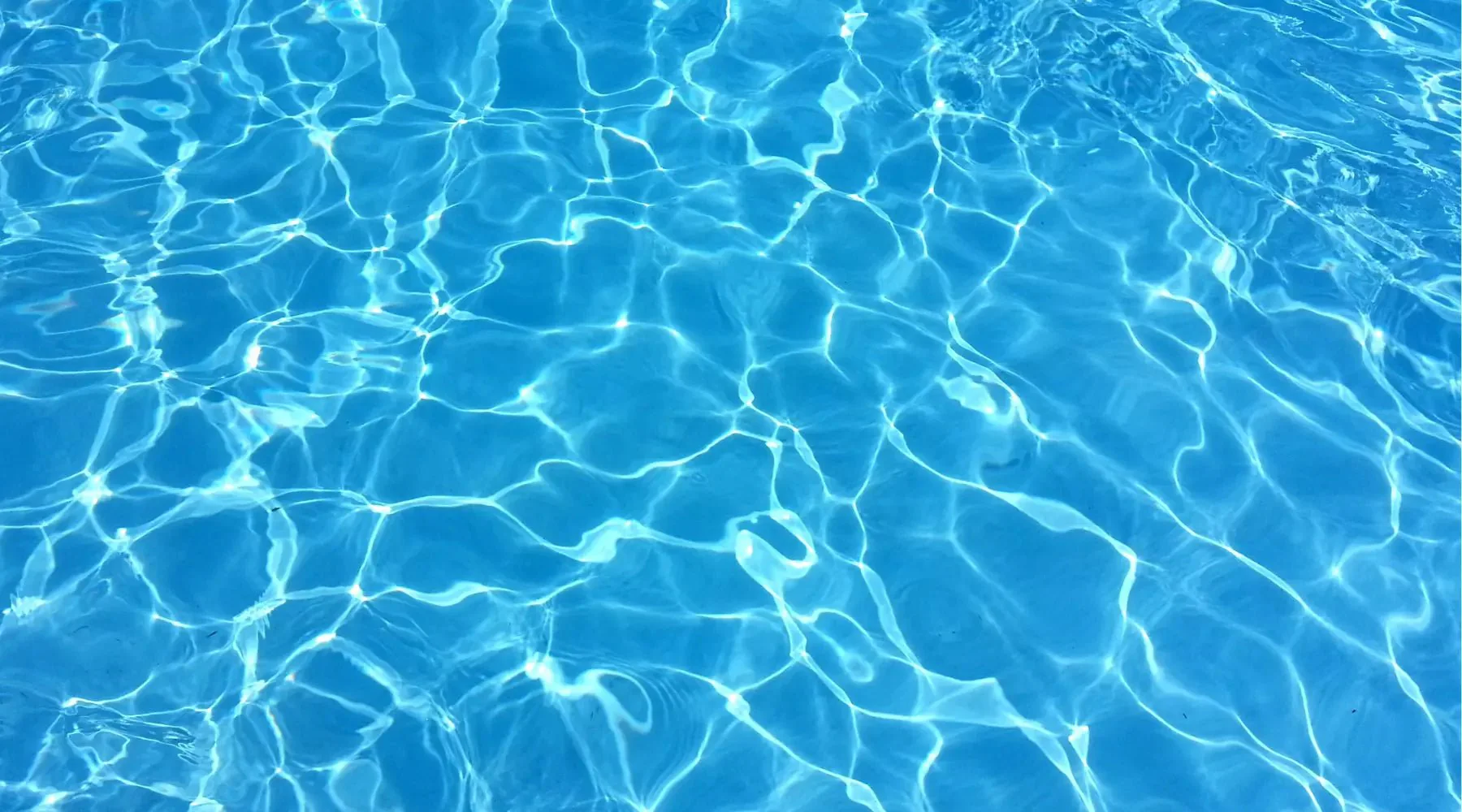With our first real heat wave of the summer upon us (fortunately only forecast to last 3 days), I took my first pool run of the season this morning. I was considering trying to get out early for a “regular” run, but quickly decided against it when I stepped outside. I find pool running to be excruciatingly boring, so I usually only do it on extremely hot days when I don’t feel like doing anything else outdoors. Last summer, I only recall running in the pool once or twice.
In contrast to swimming, which I typically do in the late afternoon, I like to get my pool running in by 9:00am, when the water is coolest, and before the sun starts hitting the water surface. I don’t go underwater, so instead of goggles and earplugs, I wear a flotation belt, hat, SweatHawg headband, and (occasionally) sunglasses. I also usually put my airpods in to have something to listen to, which helps with the boredom.
Today, I hit the water at right around 8:00, and ran for 30 minutes. The pool water was a comfortable 83°F, but I still worked up a good sweat. It was my first time running in the pool with my Apple Watch (which I bought late last summer) so I was able to get a sense of how much I was exerting. It was about what I expected: my heart rate mainly ranged between 100 and 110 beats per minute, which is faster than I average during a brisk walk or a swim, but slower than a conventional run. The biomechanics of pool running are similar to regular running in many ways, but different in others. The water adds a lot of resistance to leg movement, which works different muscle groups; and there’s no impact to the lower body, which is why it’s a popular activity for people recovering from injuries. It probably wouldn’t be a bad idea to do it once a week or so during the summer as a cross-training activity, but I’d need to invest in a better flotation belt, as the one I have is not the most comfortable.
Anyhow, based on the weather forecast, I suspect I may be doing this again on Saturday.


